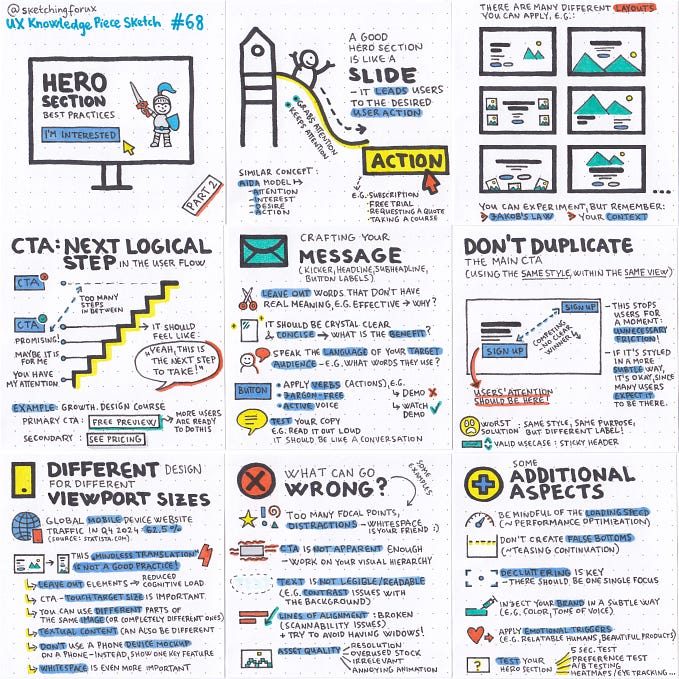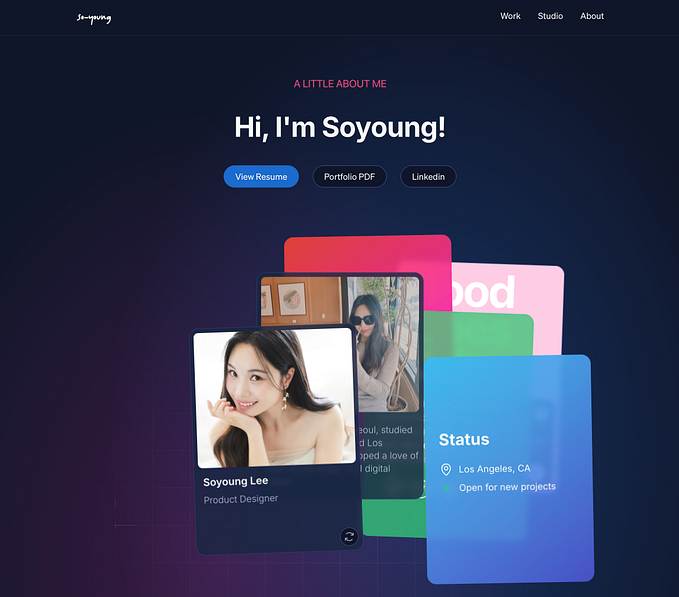Experience mapping with Playmobil: filling the gap between the digital and physical space

A few days ago I used my old Playmobil to map an experience that crosses the digital and physical space.
I know…using Playmobil as a design tool? that sounds like everything except work.
The idea behind Playmobil sets is not based on building constructions, but on telling stories through figures, fostering kids creativity and imagination. Scenario mapping through real characters allowed me to visualize the interaction between the physical and digital space in a tangible way as a whole seamless experience. Thus helping me uncover strengths, weaknesses, and opportunities within the flow straight. Much more than I could do visually or in written words.
It all started during a scenario mapping phase…gone wrong
I was working on the design of a digital product for a museum. Everything was moving forward. I had defined scenarios, identified top tasks, and I was mapping the possible journey of the user. Basically a scenario mapping session.
It was all above board! Except that while I was mapping, I realized that I was going nowhere. I kept moving sticky notes around, drawing sketches that even I couldn’t understand. There was definitely something that wasn’t working.
I have always worked on projects strictly rooted into digital. But in this case, it was the interaction between the user and the physical space that was leading to the digital touchpoint. Having many different touchpoints within the same experience was making the interaction more and more complex.
The main goal for me was to design a seamless digital-physical experience in order to keep users engaged within the service. The thing is, that I wasn’t able to tangibly see the dynamics of interaction between physical and digital space. And how this continuum in the interaction would develop.
“And now? how do I figure this out?”
That same day I ran by chance into an article about serious play methodologies, it was a lucky shot. It just kind of hit me, and gave me the idea of making the museum experience tangible by developing all the different scenarios through role-playing.
Small disclaimer: Sorry to all the brick lovers for what I am about to say. Especially to my boyfriend and my boss that I really hope will not fire me after this.
I have been a huge fan of Playmobil since I was a kid. Yes, I’ve said it! And also of tiramisù, but that’s another story.

I thought that maybe playing with the characters would help me visualize the interaction between the digital and physical space within the museum as a whole experience .
Prototyping with Playmobil? Does that make any sense?
Browsing online I found the project Playmobil Pro. I immediately thought: “Ok I’m not completely crazy. Let’s do this!”.
This is what happens if you combine a scenario mapping session with the love for Playmobil
I just grabbed the design tools I use every day and mixed them with what I was doing as a kid: telling stories through characters.
Here’s what came out of it 👇
1. Defining proto-personas
Each visitor enters a space with different intents, goals and mindset. Defining specific proto-personas gave me insights about how a particular person might perform the task and how they will be willing to engage with the service.
After some user research, I was able to segment my potential users based on the type of visitor. I crossed this data with the behavioural models that emerged from the data analysis of the user research, and there were my proto-personas. Each one with its own pain-points, motivations, goals and expectations.
2. Defining scenarios
I then defined some possible scenarios about the visit to the museum through the solution I was designing. In each scenario, I have included the personas carrying out the scenario and a specific goal. I also identified the top tasks, to have a baseline from which to start.
3. Setting the stage and bringing proto-personas to life
With all planning done, I went to the attic to pick up 2 boxes full of Playmobil. I pulled out a few characters and started dressing them with various accessories to make them look like my personas. Hum…to be honest I hadn’t imagined them like that…with those ‘gilet’ they all seemed to have just come out of the ’90s. Oh well…just details right?


To mimic the museum, I took an old model that I had built when I was at university and added some Playmobil objects as art-works.
I recently had the chance to discuss with some people that are applying this methodology in their daily-work. They told me that instead of figures they are using coins, checkers and origami.
This is proof that it’s not necessary to have physical characters or wooden models but that you can create metaphors with almost everything.
4. Time to play…seriously
At this stage, I haven’t set myself any particular rules. I simply picked my characters and took them for a tour in the museum through the scenarios I developed.
While playing with the characters, I mapped all the actions they would take inside the museum and reported all the consistent pieces of flow on a Miro canvas as they were coming out. The only thing I tried to set rules on was time. For each scenario to be mapped I tried to stay in 45 minutes to keep me on track.





Bringing stories to life has proven particularly useful because:
It forces you to think beyond digital and consider the whole ecosystem
Bringing the whole experience to life through role-playing forced me to think beyond digital. I had to consider all the elements within the user journey that could impact the overall experience, in particular the physical touchpoints. As a result, I was able to identify all the moments of friction within the flow that could prevent to reach a continuum in the experience.
It helps uncover strengths, weaknesses, and opportunities…as well as new creative solutions
Making the experience I was designing tangible and the possibility to touch what I was designing, helped me to identify strengths, weaknesses and opportunities straight, much more than I could do visually or in written words. Staging the visit to the museum from various points of view and with different degrees of involvement was very useful to uncover the critical issues in the flow and the impacts of certain solutions. It also helped me to diverge and discover solutions I would never have thought of.
It keeps people at the centre of the design process
Telling stories through role-playing is another way of bringing people at the centre of the process. Putting myself in the user’s shoes (and 90s gilets) actively helped me to empathize even more with the people I was designing for and see the problem from their point of view.
It brings complex design problems within everyone’s reach
Explaining complex problems by telling stories through role-playing allowed me to discuss design with people that weren’t involved in the project. This is useful if you are a solo designer within your team, like I am, because this allows you to get feedback from almost everyone, unless your problem is super technical, of course!
It can help in getting project stakeholders on board
Since telling stories in a tangible way help us bringing problems within everyone’s reach it can also be a way to involve stakeholders in the design process. It can also serve as a strategy to articulate our design choices and communicate the value of our contribution as a designer.
It’s a way of testing solutions in early stage
Service walk-through from the user’s point of view, whether tangible or conceptual, helps us uncover problems. And can be used in early testing and evaluation, through critique or black hat sessions, before involving real users.
It sure needs improvement…but it’s worth looking into it
Designing experiences that cross the physical and digital space requires a different approach, at least in my case I felt that I had to deal with it in another way. I’m not saying that this the only or the ultimate solution, but making the experience tangible through role-playing turned out to be a really effective approach in a situation where the interaction between two entities was difficult to visualize, develop and share just through paper.
This was the first try on the spur-of-the-moment and I really hope to have the chance to apply and develop this methodology again, perhaps in a more structured way.
I hope to have intrigued you as much as I have been. Have you tried similar approaches? Have you ever been stuck in designing a digital experience involving a physical space? Let me know! I am super curious to know what other kinds of approaches are you using 😉
Books
- Mapping Experiences: A Guide to Creating Value through Journeys, Blueprints, and Diagrams di James Kalbach
- The User’s Journey: Storymapping Products That People Love di Donna Lichaw
- Storytelling for User Experience: Crafting Stories for Better Design di Whitney Quesenbery









